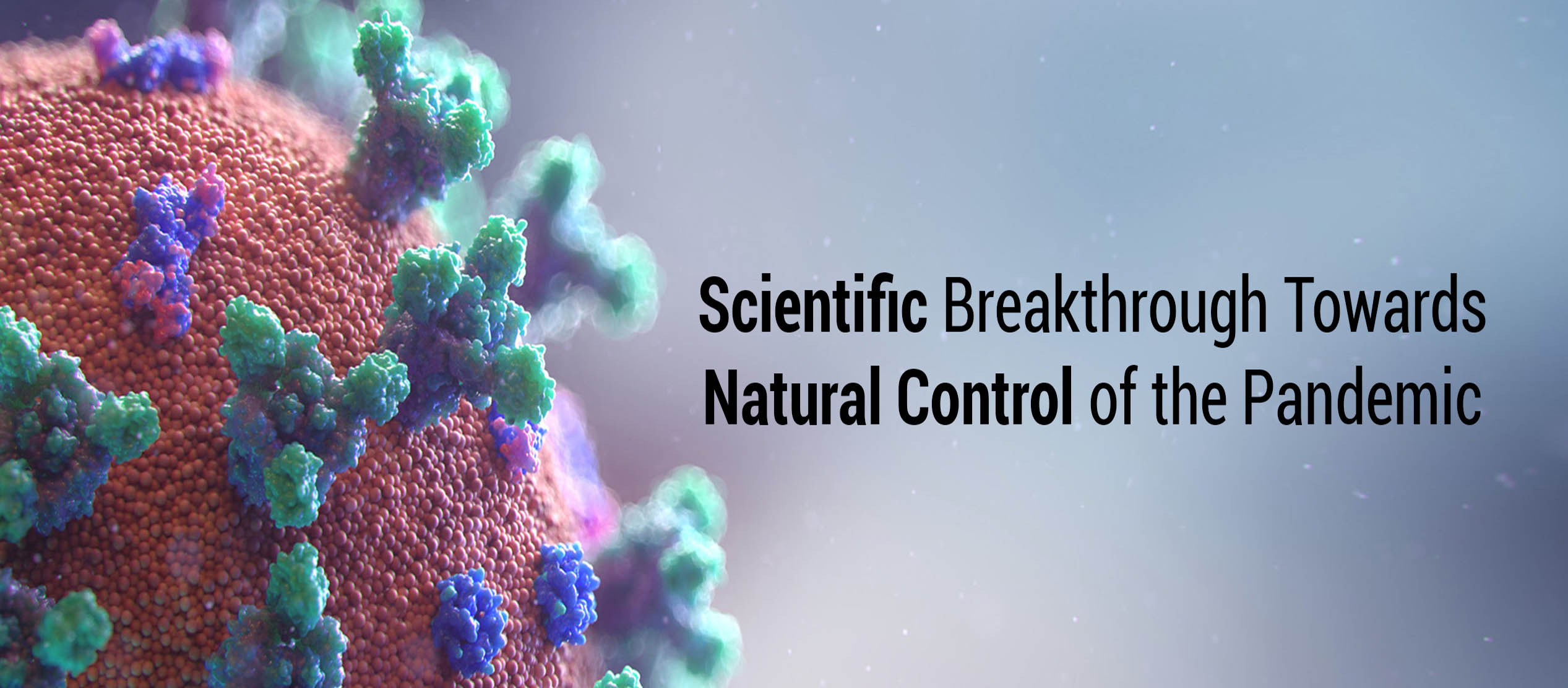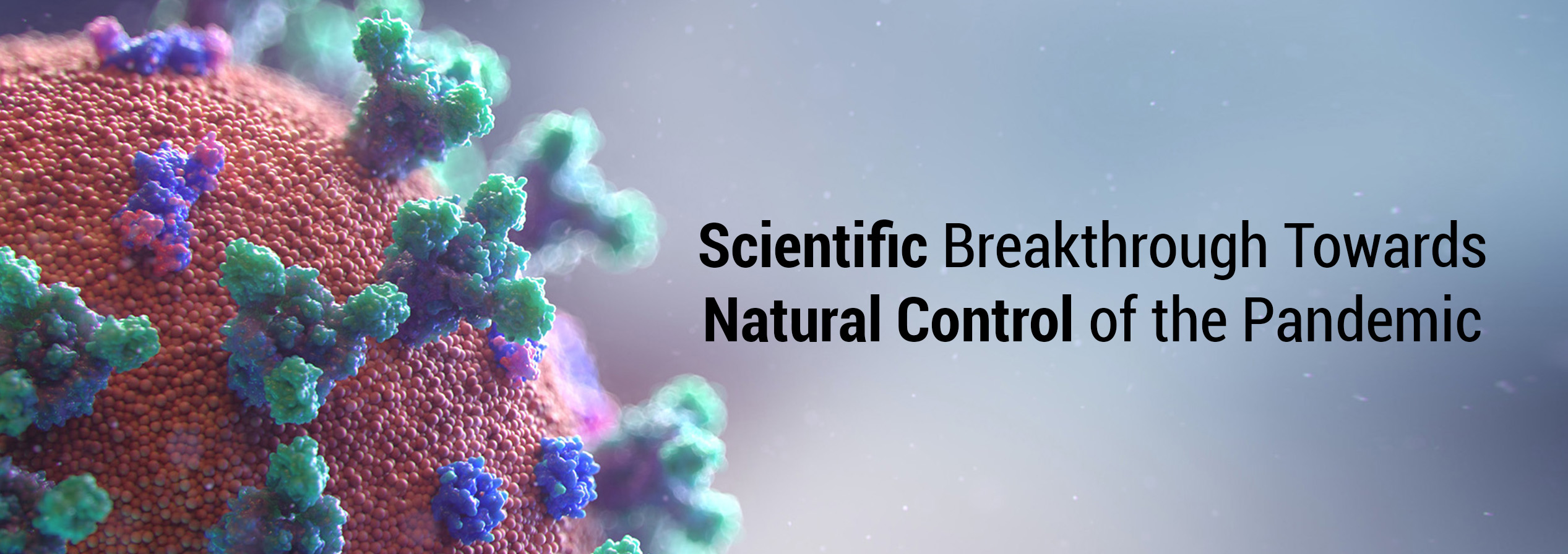Jariwalla RJ, Roomi MW, Kalinovsky T, Rath M, Niedzwiecki A
In: Global View of the Fight Against Influenza, edited by Petar Mitrasinovic, Nova Publishers, 2009
Abstract:
Influenza remains a major health threat among infectious diseases, affecting a fifth of the world’s population. Current vaccines and drugs have limited efficacy and there is an urgent need for effective therapies. Influenza virus A not only infects susceptible (alveolar) cells in the lungs, but also manifests in extrapulmonary areas, which require basement membrane disruption by matrix metalloproteinases (MMPs) capable of degrading collagen type IV.
Hence an effective strategy in fighting influenza must be targeted not only in blocking virus replication, but also protecting disruption of the connective tissue and inhibiting virus spread without inflicting toxicity to host cells. We have developed an unique micronutrient mixture, containing ascorbic acid, green tea extract, lysine, proline, N-acetyl cysteine, and selenium, which was shown to be effective in controlling critical steps in influenza virus infection. We evaluated its actions on cell-free influenza A virus, viral multiplication in infected cells and induction of cellular metalloproteinases following virus infection. Application of the nutrient mixture to Vero or MDCK cells post infection resulted in dose-dependent inhibition of viral nucleoprotein production in infected cells. Pretreatment of virus with the nutrient mixture enhanced the antiviral effect. Incubation of cell-free virus with the mixture resulted in dose-dependent inhibition of associated neuraminidase. Additionally, the micronutrient mixture inhibited extracellular invasive parameters such as MMP-2 and MMP-9 secretion and Matrigel invasion. In conclusion, a non-toxic micronutrient mixture tested in our investigation has potential in influenza treatment by not only decreasing viral multiplication in infected cells but also by blocking the enzymatic degradation of the extracellular matrix to limit virus spread.
Key Words:
Influenza A virus, micronutrient mixture, MMPs, neuraminidase, Vero, MDCK
Access:
https://www.novapublishers.com/catalog/product_info.php?products_id=10457




















